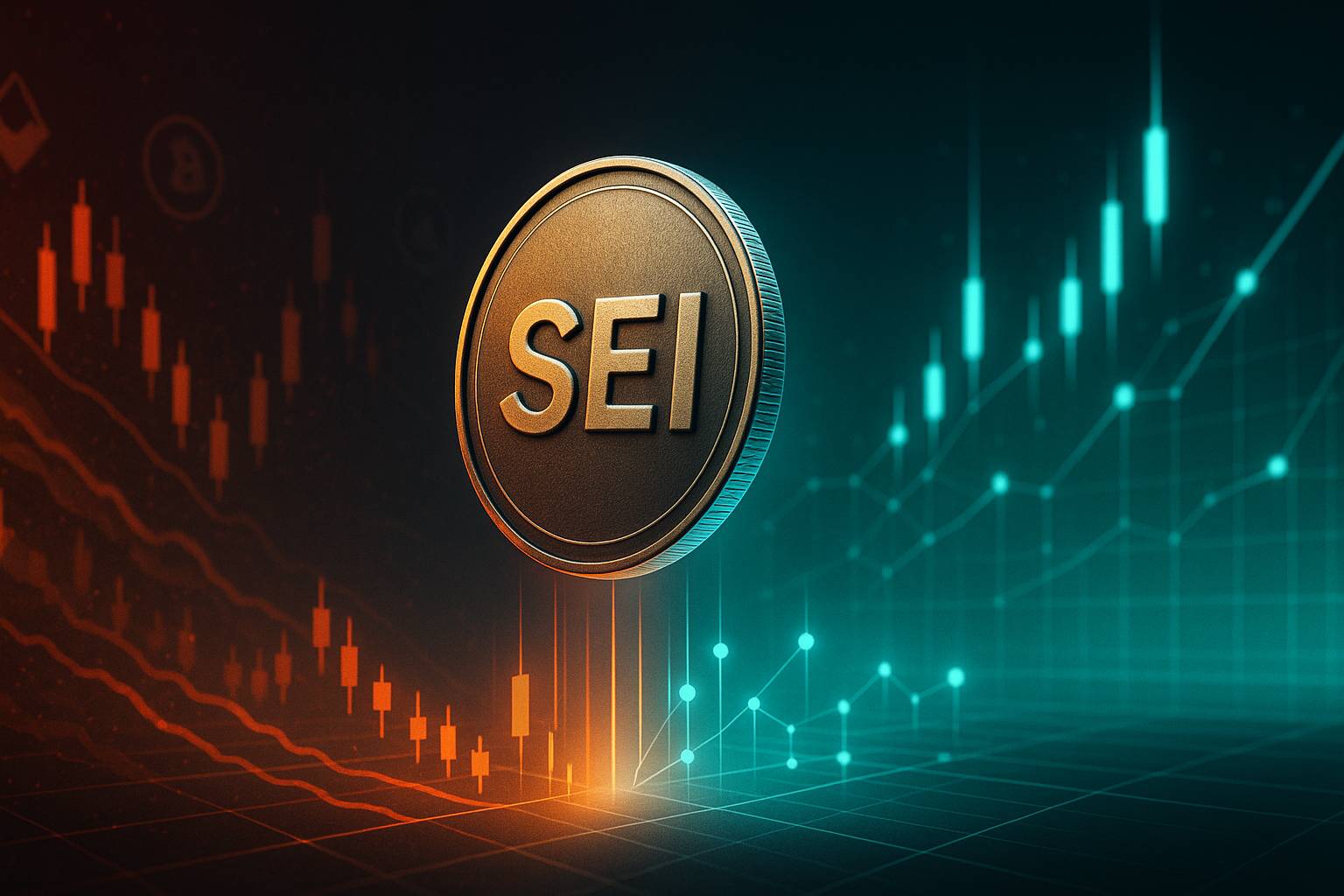Explore the World of Peer-to-Peer Lending: Benefits, Risks, and Mechanisms
Quick Overview - Direct Lending Between Individuals
Direct lending between individuals, commonly known as Peer-to-Peer (P2P) lending, facilitates direct connections between borrowers and investors through digital platforms, bypassing the need for conventional banks. This approach empowers people to lend and secure loans directly from one another, frequently at terms more advantageous than those available from traditional banks. Through the use of advanced technology, these platforms align borrowers with potential lenders based on their preferences and risk assessments. While this lending model offers advantages such as reduced interest rates for borrowers and potentially higher returns for lenders, it does come with certain inherent risks.
The Mechanism Behind Direct Lending
In the direct lending environment, individuals seeking loans post their requirements on the platform, detailing the amount desired, loan purpose, and the interest rate they are willing to offer. Meanwhile, lenders peruse these listings, selecting loans to invest in according to their risk tolerance and expected returns. The platform acts as an intermediary to facilitate the financial transactions between borrowers and lenders and manages the collection of repayments for loans.
Advantages of Direct Person-to-Person Lending
Direct peer lending brings numerous advantages to both lenders and borrowers:
- Reduced Borrowing Costs: Platforms often provide more competitive interest rates than traditional banks, particularly for borrowers with strong credit ratings, leading to substantial long-term savings.
- Alternative Credit Access: It offers a viable credit option for people who might struggle to secure loans from banks due to limited credit history or other obstacles.
- Investment Variety: Investors can diversify their portfolios by distributing their investments across various loans, thus minimizing default risk.
- Potentially Greater Profits: Investors have the chance to gain higher returns in comparison to conventional savings or other investment alternatives.
- Streamlined Processes: The platforms simplify the application and approval stages, making the borrowing process quicker and more user-friendly.
Challenges and Risks in P2P Lending
Despite its benefits, direct lending carries certain risks:
- Risk of Non-Repayment: There exists a possibility that borrowers might not fulfill their repayment obligations, which could result in losses for investors. Although platforms apply risk evaluation methods to lessen this threat, it persists.
- Insufficient Oversight: As a relatively young industry, these platforms may not be as tightly regulated as traditional financial institutions, which could expose participants to potential fraud or unethical behavior.
- Platform Stability Concerns: The reliability and resilience of the lending platform can influence the experience of both borrowers and lenders; any platform failure may hamper fund recovery or loan access.
- Investment Liquidity Issues: Unlike traditional investment avenues, P2P loans are not readily tradable, often requiring lenders to wait until the loan term concludes or repayments are completed to access their funds.
Final Thoughts
P2P lending stands out as a modern alternative to traditional funding approaches, offering perks like lower interest rates, better credit access, and improved returns. It is crucial for both investors and borrowers to thoroughly evaluate the associated risks and choose trustworthy platforms that emphasize prudent risk management and safeguard investor interests. Ultimately, P2P lending enriches the financial landscape by expanding options for borrowing and investing.









